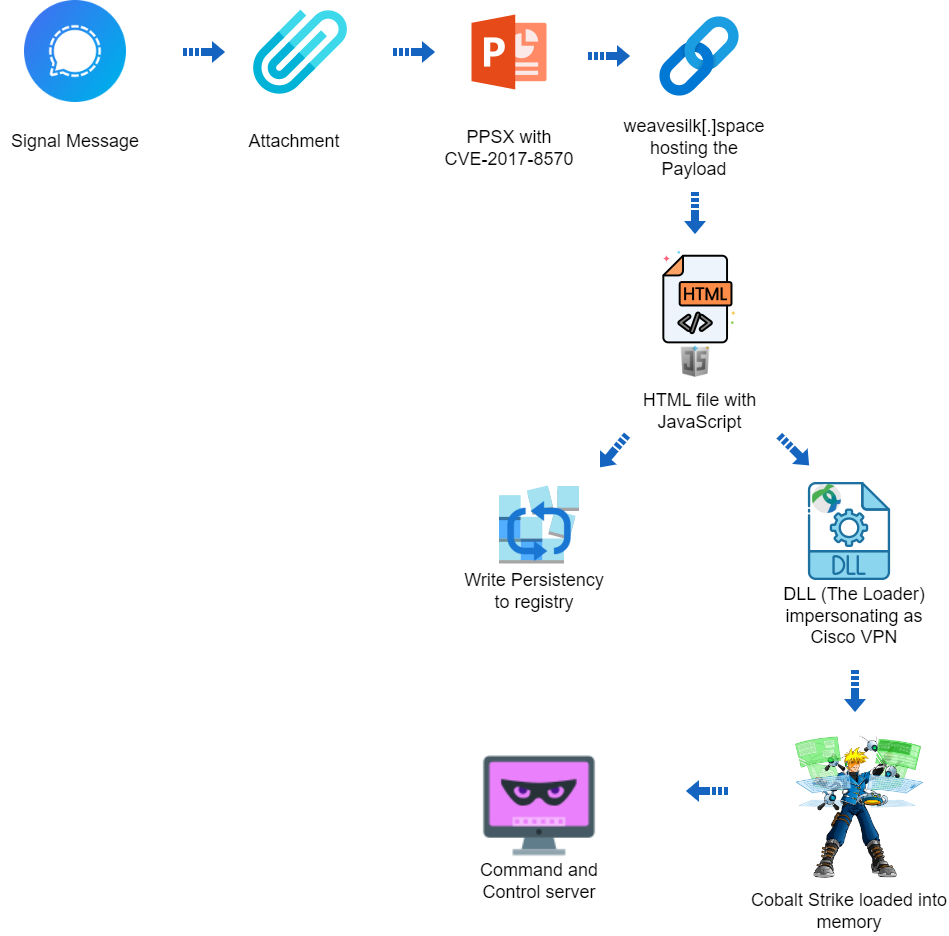
As of the writing of this article, the height of the pandemic seems like a distant but still vivid dream. Sanitizing packages, sparse grocery shelves, and video conferencing happy hours are things of the past for the majority of the population. Thank goodness.
A “new normal” society is adapting to today’s working culture. The work landscape changed significantly since 2020, and it might never return to what it once was. In 2022, workers spent an average 3.5 days in the office per week, which is 30% below the prepandemic in-office average.1
The work-from-home movement is likely here to stay, to the joy of employees seeking a better work-life balance and flexibility; however, some responsibility does fall upon people like you to secure home offices to protect sensitive company information.
To make sure you’re not the weak cyber link in your company’s security, make sure to follow these three tips for a secure home office.
1. Lock Your Screen, Stow Your Device
When you’re not physically in front of your work computer, best practices dictate that you lock the screen or put your device to sleep. No matter how much you trust your family, roommates, or the trustworthy-looking person seated next to you at a café, your company device houses all kinds of corporate secrets. A stray glance from the wrong person could put that information’s secrecy in jeopardy. Plus, imagine your cat walking across your keyboard or a toddler mashing your mouse, deleting hours’ worth of work. Disastrous.
Then, when you’re done with work for the day, stow your device in a secure location, preferably a drawer with a lock. Even if your work computer is 10 times faster and sleeker than your personal laptop, keep each device in its designated sphere in your life: work devices only for work, personal devices only for personal activities.
2. Secure Your Home Wi-Fi
Wi-Fi networks that are not password protected invite anyone off the street to surf on your network and eavesdrop on your online activities. A stranger sneaking on to your home Wi-Fi could be dangerous to your workplace. There would be very little stopping a stranger from spying on your connected work devices and spreading confidential information onto the dark web or leaking company secrets to the media.
There are a few steps you can take to secure your home office’s internet connection. First, make sure to change the default name and password of your router. Follow password best practices to create a strong first defense. For your router name, choose an obscure inside joke or a random pairing of nouns and adjectives. It’s best to omit your address and your real name as the name of your router, because that could alert a cybercriminal that that network belongs to you. Better yet, you can hide your router completely from strangers and only make it searchable to people who know the exact name of your network.
For an additional layer of protection, connect to a virtual private network (VPN). Your company may offer a corporate VPN. If not, signing up for your own VPN is easy. A VPN encrypts the traffic coming in and going out of your devices making it nearly impossible for a cybercriminal to burst into your online session and see what’s on your screen.
3. Take Your Security Training Seriously
The scenarios outlined in your company’s security training may seem far-fetched, but the concepts of those boring corporate videos actually happen! For example, the huge Colonial Pipeline breach in 2021 originated from one employee who didn’t secure the company’s VPN with multifactor authentication (MFA).2 Cutting small corners like disabling MFA – which is such a basic and easy-to-use security measure – can have dire consequences.
Pay attention to your security training and make sure to follow all company cybersecurity rules and use security tools as your IT team intends. For example, if your company requires that everyone use a password manager, a corporate VPN, and multi-factor authentication, do so! And use them correctly every workday!
Secure Home Office, Secure Home
These tips are essential to a secure home office, but they’re also applicable to when you’re off the clock. Password- or passcode-protecting your personal laptop, smartphone, and tablet keeps prying eyes out of your devices, which actually hold more personally identifiable information (PII) than you may think. Password managers, a secure router, VPNs, and safe browsing habits will go a long way toward maintaining your online privacy.
To fill in the cracks to better protect your home devices and your PII, partner with McAfee+. McAfee+ includes a VPN, safe browsing tool, identity monitoring and remediation services, a password manager, and more for a more secure digital life.
In one global survey, 68% of people prefer hybrid work models, and nearly three-quarters of companies allow employees to work from home some of the time.3,4 The flexibility afforded by hybrid work and 100% work-from-home policies is amazing. Cutting out the time and cost of commuting five days a week is another bonus. Let’s make at-home work a lasting and secure way of professional life!
1McKinsey Global Institute, “How hybrid work has changed the way people work, live, and shop”
2The Hacker News, “Hackers Breached Colonial Pipeline Using Compromised VPN Password”
3World Economic Forum, “Hybrid working: Why there’s a widening gap between leaders and employees”
4International Foundation of Employee Benefit Plans, “Employee Benefits Survey: 2022 Results”






